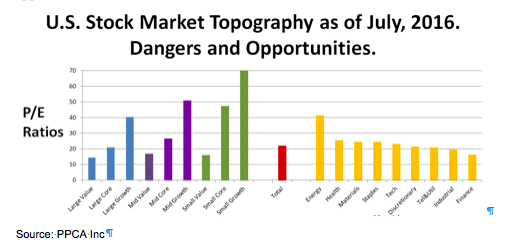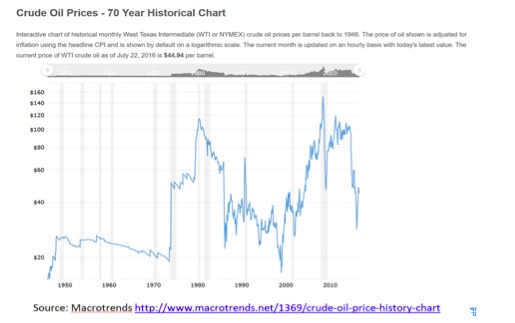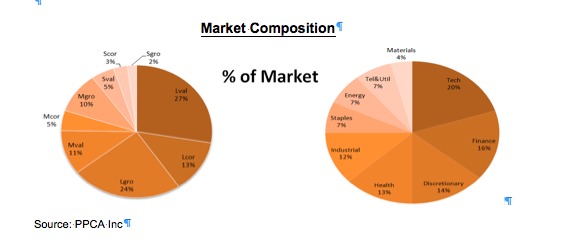The U.S. stock market is currently priced high, as measured by an average price/earnings ratio that exceeds the historical average, but not all stocks are expensive.
As usual, some stocks have high price-to-earnings ratio, and some have low P/Es, but all of the highs and lows are higher than usual.
The current P/E for the total U.S. stock market is 20 as of July 28, which compares to a historical average of 15.
But as shown in our graphic, P/Es broken out by style range from a low of 12 to a high of 70. This is the classic value-growth distinction. Low P/Es are “value” stocks, believed to be inexpensive and safe. High P/Es are growth stocks, perceived as pricey and risky.

Value Search
As you can see, value stocks of all sizes have lower P/Es than the market, and (not shown) there are value stocks in all economic sectors, including technology and healthcare.
All of which leads to the question of sector P/Es, namely where are the risks and opportunities?
Turning attention to sector P/E’s, here are a few observations, and I suspect you’ll have more:

Tech Stocks
- Energy stocks are expensive relative to trailing annual earnings, due to the low cost of oil, as shown in the graph below. The implication is that investors expect oil prices to recover. Also, the yield on energy is above 3% so the current quest for yield favors these companies.

- Technology stocks have market-like P/Es whereas they typically have P/Es above market. Are tech stocks cheap?
- Telephones-and-utilities have market-like P/Es whereas they usually have P/Es below market. The appetite for yield has driven up the price of these stocks, and reduced their yield, although current yields are near 4%
- The P/Es of finance companies skyrocketed during the financial crisis as distressed banks hemorrhaged earnings. Now they look cheap, with P/Es well below market. Are investors concerned about the impact of the unwinding of QE?
Lemmings
When investors crowd into a hot idea they bid up the prices of certain stocks. I call this the “Lemming Effect” but it could also be called “The Madness of Crowds.”
The current demand for high yield and low volatility has driven up the prices of these stocks, so they are selling at premiums, and the premiums are increasing because the lemmings are still leaping.




